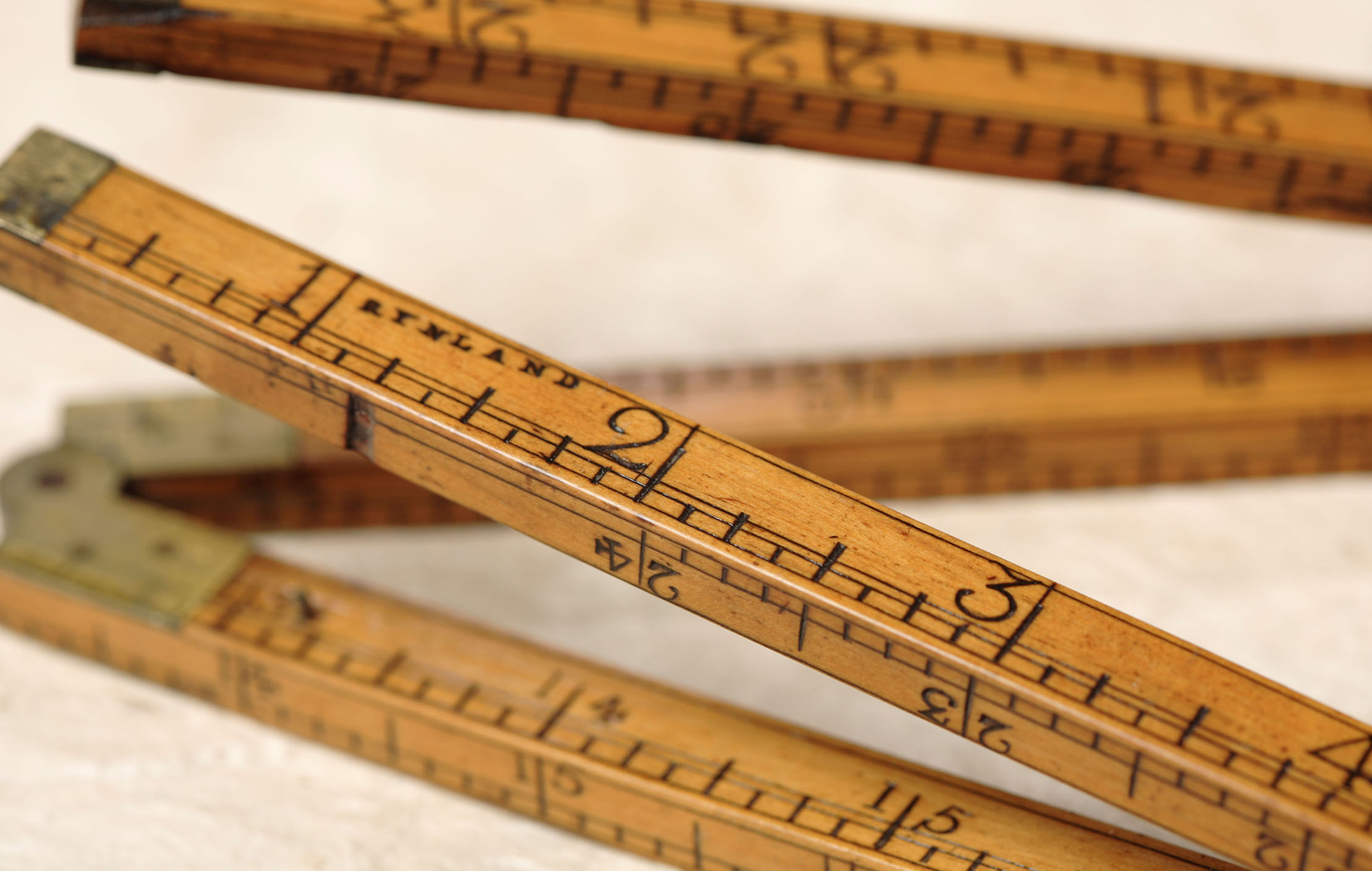Jason Goodwin: Why decimalisation will never trump the beautiful magic of counting in 12s
It's almost 50 years since Britain switched to the decimal system, but Jason Goodwin points out how many of the old measures persist. (Dozens of them, in fact — what else?)

The children are much taken with an unfamiliar system of measurement. It’s used by computer manufacturers worldwide, who divide the diagonal of a computer screen into a number of small units, the size of which is based, rather endearingly, on the width of somebody’s thumb.
These units are called ‘inches’ and the computer people will indicate screen size by referring to 11in, 13in or 15in screens. Large desktop computers might have 24in screens and television makers, who use the same system, talk about 54in or even 78in screens. In France, the units are known as pouce, which means thumb.
[READ MORE: Catch up on all of Jason's columns for Country Life]
What’s rather charming about this system is that an inch is so easy to visualise. (A lot of vaguely obscene junk email uses inches for that reason.) The Americans use this system all the time. They use it on space missions, just as they used it to section the West, and they use it in schools, where they’ve found that it helps teach children mathematics painlessly.
Twelve inches make a larger unit, which they call a foot, so instead of chanting off meaningless numbers and calculating in 10s, American schoolchildren are introduced early on to the times table and habits of simple division and multiplication.
A foot divides readily into halves, thirds, quarters or sixths without resorting to decimals: 6in, 4in, 3in or 2in respectively. Once you get in the habit, you can perform calculations like this in the blink of an eye.
It seems that the Babylonians devised the whole system based on twelves: the 60-minute hour, the 360˚ circle and the 24-hour day, which everyone uses without a second thought, although the French tried hard to abolish it during their bloody revolution.
Exquisite houses, the beauty of Nature, and how to get the most from your life, straight to your inbox.
The French tried to decimalise everything. The Terror was followed by dictatorship, but years of 10 months, days of 20 hours and decimal hours of 100 minutes wouldn’t stick. Real life isn’t like a laboratory. Napoleon wanted to bring the old measures back.
'They can handle phrases like ‘giving an inch and taking a mile’, ‘six foot under’ or judging by ‘a yardstick’, as well as ‘every inch a gentleman’ and ‘within an inch of your life'
It seems to be a universal system, which is no doubt why the computer people like it, whether they’re Korean manufacturers or American space agencies. The ancient Egyptians used feet and inches, as did the Romans and the Persians, based on the 12. Pilots use them. So do passengers — 1,760 yards make a mile and some are members of the ‘Mile High Club’.
The inch-foot measuring system progresses through ‘yards’ of 3ft to ‘chains’ of 22 yards. The racegoer’s furlong of 220 yards is 10 times the length of the chain, which defines the cricketer’s crease. Ingenious or what?
History teachers tell me that pupils familiar with the system easily make bridges to the past. They know what a healthy baby weighs or what the Bible means when it suggests that if a man asks you go a mile with him, you should go two. They can handle phrases like ‘giving an inch and taking a mile’, ‘six foot under’ or judging by ‘a yardstick’, as well as ‘every inch a gentleman’ and ‘within an inch of your life’. People may go the whole nine yards or be miles away. All of these sound odd in metric.
The Seven Stars, like the Seven Seas, speak of mystery and adventure. The Twelve Days of Christmas, like the Twelve Apostles, are entire unto themselves. In fact, when you look at it, the whole duodecimal system is a beautiful thing: a sequence of mutually sustaining parts, scaled around the human body and a human capacity to apprehend.
If only we could adopt feet and inches, too, like the computer people, we’d have a complete and, quite possibly, divinely ordained way of measuring our world.